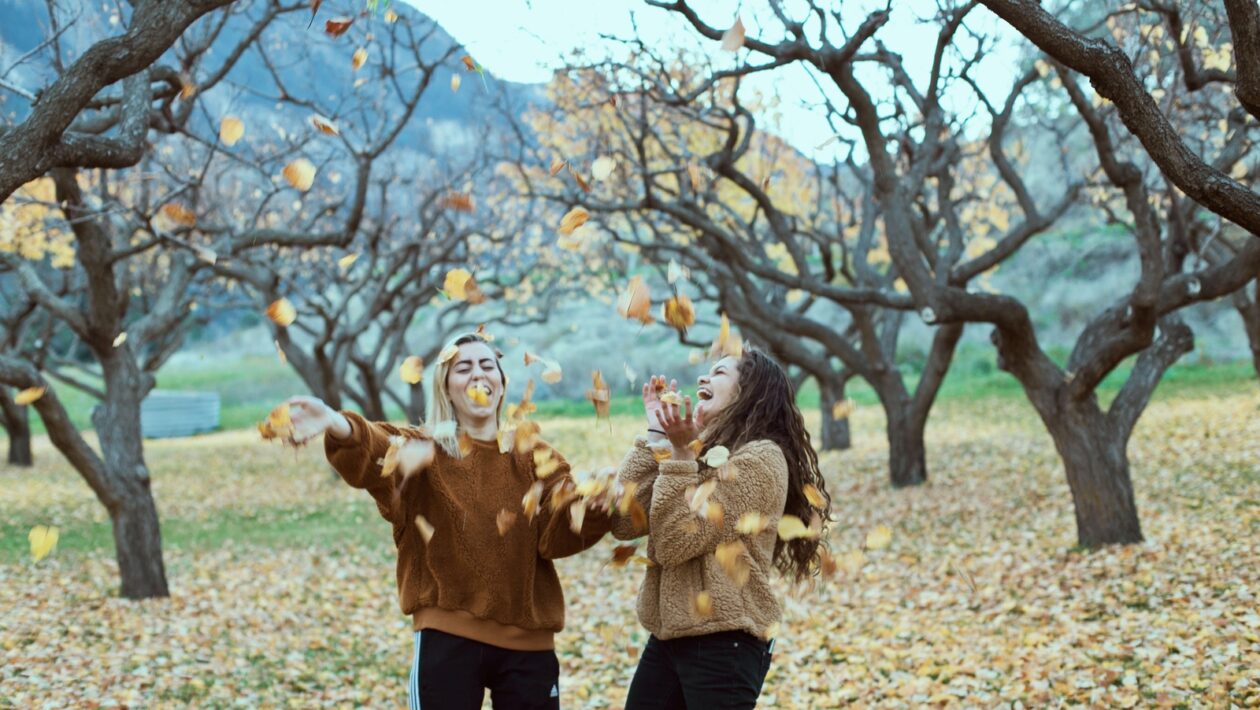A Tapestry of Religious Diversity
The Elizabethan era (1558-1603) was a period characterized by a rich tapestry of religious beliefs and practices. Amidst the tensions between Protestantism and Catholicism, a wide array of religious rituals and practices shaped the way individuals worshipped, expressed devotion, and found spiritual fulfillment.
Protestant Worship and Liturgy
With the establishment of the Church of England as a Protestant institution, new forms of worship and liturgy emerged. The Book of Common Prayer became a central component of religious services, emphasizing simplicity, scripture-based worship, and communal participation.
Catholic Devotion and Sacraments
Despite the Protestant ascendancy, many individuals adhered to Catholicism’s rituals and sacraments. The Mass, confession, and the veneration of saints remained integral to the Catholic worship experience. Catholics practiced their faith discreetly, often in secret gatherings to evade persecution.
Church Architecture and Symbolism
The architecture of churches and cathedrals played a significant role in religious rituals. High Gothic architecture conveyed a sense of awe and reverence, while stained glass windows and intricate carvings illustrated biblical narratives. These visual elements enriched the worship experience.
Personal Devotion and Prayer
Personal devotion was a cornerstone of Elizabethan religious life. Individuals engaged in private prayers, meditation, and reflection as a way to deepen their relationship with the divine. Devotional manuals and literature provided guidance for personal spiritual growth.
Pilgrimages and Sacred Sites
Pilgrimages to sacred sites remained a prominent aspect of religious practice. Despite the challenges of travel, individuals embarked on journeys to holy places as an expression of piety and a way to seek spiritual blessings and healing.
Religious Festivals and Celebrations
Religious festivals punctuated the calendar, providing opportunities for communal worship and celebration. Festivals like Christmas and Easter were marked by special services, feasts, and processions that united the community in shared religious experiences.
Symbolism and Ritual Objects
Ritual objects and symbolism enriched the worship experience. The use of incense, candles, and vestments in liturgical settings created a multisensory engagement with the divine. These symbols conveyed deeper meanings and facilitated a connection to the sacred.
Legacy and Modern Reflections
The religious rituals and practices of the Elizabethan era have left a lasting impact on contemporary religious observance. The diversity of practices and the interplay between ritual and spirituality continue to shape the way individuals engage with their faith.
Redefining Worship and Devotion
The religious rituals and practices of the era invite us to redefine the concepts of worship and devotion. By examining the ways in which individuals engaged with religious practices, we gain insight into the multifaceted ways in which humans seek connection with the divine.
Conclusion
The religious rituals and practices of the Elizabethan era reflect the intricate interplay between faith, culture, and identity. The diversity of religious observances underscores the depth of human spirituality and the ways in which individuals sought to cultivate a sense of connection to the divine. By exploring this era, we deepen our understanding of the role of rituals in shaping religious experiences and fostering a sense of belonging within a community of faith.

